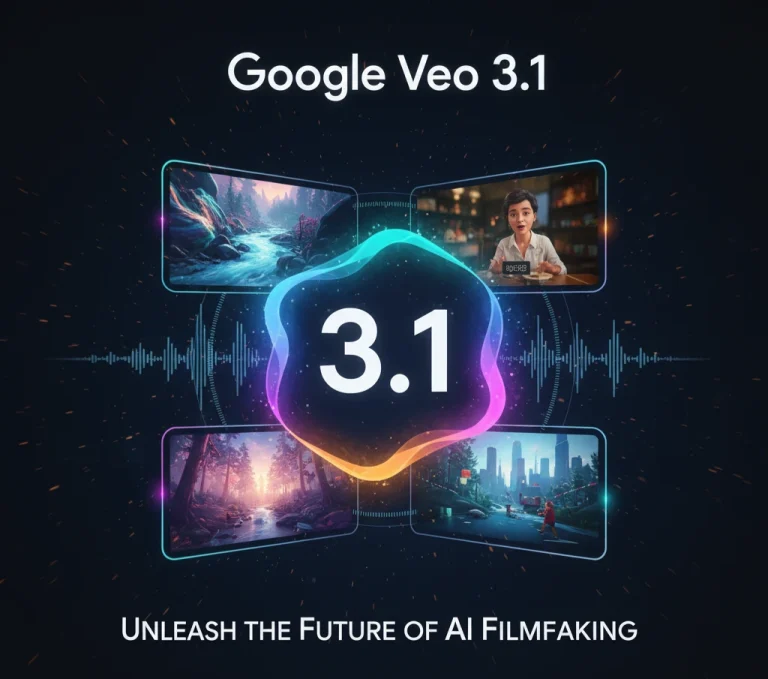
When you hear “cryptocurrency,” your mind probably jumps to Bitcoin, volatile markets, and perhaps even digital millionaires. But behind every Bitcoin, Ethereum, and countless other digital assets lies a foundational innovation far more profound than just digital money: blockchain technology.
Often described as the “internet of value,” blockchain is the unsung hero, the invisible engine that powers the entire crypto world. It’s a concept that can seem intimidatingly complex at first glance, but demystifying blockchain reveals a surprisingly elegant and revolutionary system. So, let’s pull back the curtain and understand the core technology that’s reshaping industries far beyond finance.
What Exactly Is Blockchain Technology?
Imagine a traditional ledger, similar to a record book, where every transaction is meticulously recorded. Now, imagine that a ledger isn’t kept in one central place, but is instead copied and distributed across thousands, even millions, of computers worldwide. That’s the essence of a blockchain.
More formally, blockchain technology is a decentralized, distributed public ledger that records all transactions across multiple computers, ensuring that any involved record cannot be altered retroactively without altering all subsequent blocks as well.
Think of it as a chain of “blocks,” where each block contains a list of transactions. Once a block is completed, it’s linked to the previous block, forming a continuous, unchangeable chain.
How Does This Digital Chain Work? The Mechanics Behind the Magic
The magic of blockchain technology lies in its ingenious design, built on a few core principles:
Blocks: Each block in the chain contains a timestamp, a unique cryptographic hash of the previous block, and a batch of verified transactions. Once a block is “full” with transactions, it’s sealed and becomes part of the chain.
Hashing: Every block is assigned a unique cryptographic “fingerprint” called a hash. This hash is mathematically derived from the block’s contents. If even a single character in the block is changed, its hash changes entirely.
The Chain: Crucially, each new block’s hash is created using the hash of the previous block. This interlocking system is what makes the blockchain virtually tamper-proof. To alter a transaction, you’d have to change that block’s hash, then recalculate the hash of every subsequent block – an impossible task for a single entity on an extensive, active network.
The Power of Decentralization
One of the most radical aspects of blockchain technology is its decentralization. Unlike traditional systems (like banks or social media platforms) that rely on a central authority, blockchain operates without one.
No Single Point of Failure: If one computer on the network goes down, the rest continue to operate, ensuring the system remains robust.
Trustless System: Participants don’t need to trust a central authority because the network’s consensus mechanisms and cryptography safeguard the integrity of the data. Trust is built into the technology itself.
Transparency: Every participant on the network has access to the entire ledger (though individual identities may be pseudonymous), allowing for unparalleled transparency of transactions.
Agreement Mechanisms: How Everyone Approves
With no central authority, how do all participants on a decentralized blockchain network agree on the correct order of transactions and the validity of new blocks? This is where consensus mechanisms come into play. Two of the most common are:
Proof of Work (PoW): This is what Bitcoin uses. “Miners” compete to solve complex cryptographic puzzles. The first one to solve it gets to add the following block to the chain and is rewarded with new cryptocurrency. This “work” (computational power) makes it incredibly difficult and expensive to cheat the system.
Proof of Stake (PoS): Used by Ethereum 2.0 and many newer blockchains. Instead of competing with computational power, “validators” are chosen to create new blocks based on the amount of cryptocurrency they “stake” (lock up as collateral) in the network. This method is generally more energy-efficient than PoW.
Immutability: The Unchangeable Record
Due to the cryptographic linking of blocks and the distributed nature of the ledger, once a transaction is recorded on a blockchain, it is tough, if not impossible, to alter or remove it. This property, known as immutability, is why blockchain is considered so secure and trustworthy for recording sensitive data.
Beyond Cryptocurrency: The Wider Impact of Blockchain Technology
While blockchain technology is the engine behind cryptocurrencies, its applications extend far beyond digital money. Its ability to create secure, transparent, and immutable records makes it valuable across countless industries. Here are just a few examples:
- Supply Chain Management: Tracking products from origin to consumer, ensuring authenticity and transparency (e.g., preventing counterfeit goods).
- Healthcare: Securely managing and sharing patient medical records while maintaining privacy.
- Digital Identity: Allowing individuals to control their own digital identity and data.
- Voting Systems: Creating more transparent and tamper-proof elections.
- Real Estate: Streamlining property transfers and land registries.
- Intellectual Property: Protecting copyrights and tracking ownership of creative works.
Indeed, blockchain technology is experiencing significant growth. Over 560 million people use blockchain worldwide. The global blockchain market is expected to reach USD 41.15 billion by 2025. By 2034, it could grow to USD 1,879.30 billion. This massive growth highlights its increasing integration across diverse sectors.
Conclusion
Demystifying Blockchain reveals it to be a powerful and elegant solution for creating trust and transparency in a digital world. It’s about creating a secure, decentralized framework that can transform how data is stored, shared, and validated across industries.
Understanding blockchain fundamentals will help you unlock the full potential of digital assets and their innovative applications. It’s a technology that promises to drive efficiency, enhance security, and unlock new levels of creativity in the digital era.
For a broader understanding of the entire digital asset landscape, be sure to read our comprehensive guide: Mastering the Crypto World.
FAQs
Find answers to common questions below.
What exactly is blockchain technology?
Blockchain is a secure, decentralized digital ledger that records transactions across many computers, making data nearly impossible to vary or hack.
How does blockchain differ from regular databases?
Unlike centralized databases controlled by single entities, blockchain distributes identical copies across many computers, ensuring transparency and security without a central authority.
What are the most practical uses of blockchain today?
Beyond cryptocurrency, blockchain verifies supply chains, secures medical records, enables smart contracts, and protects digital identities while reducing fraud.
Can blockchain be hacked or altered?
Extremely difficult. Changing data would require altering every subsequent block across all network copies simultaneously - practically impossible for large, active blockchains.
Is blockchain only useful for financial transactions?
No. While it powers cryptocurrencies, blockchain's secure record-keeping benefits voting systems, property records, intellectual property, and any process requiring verified data.







